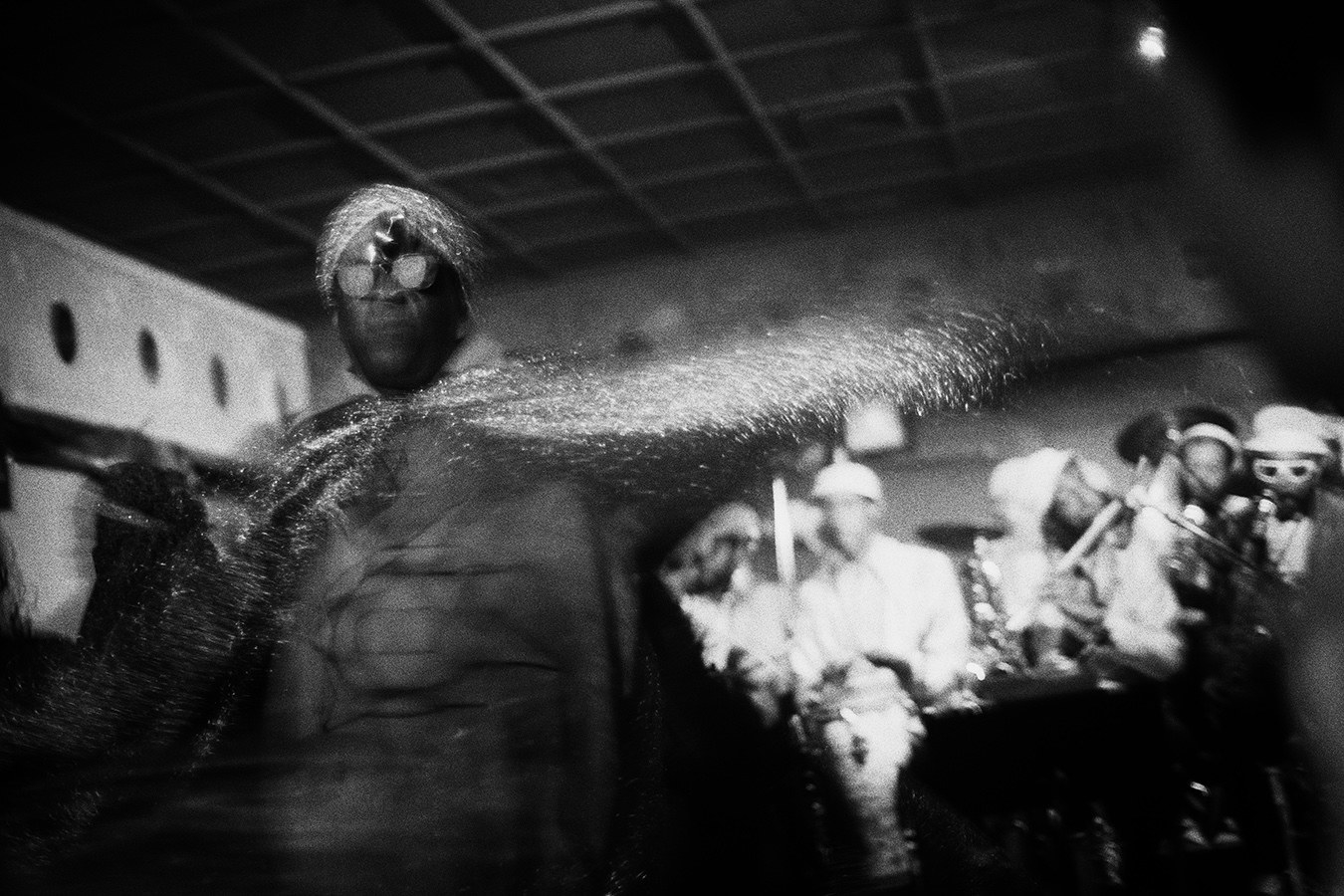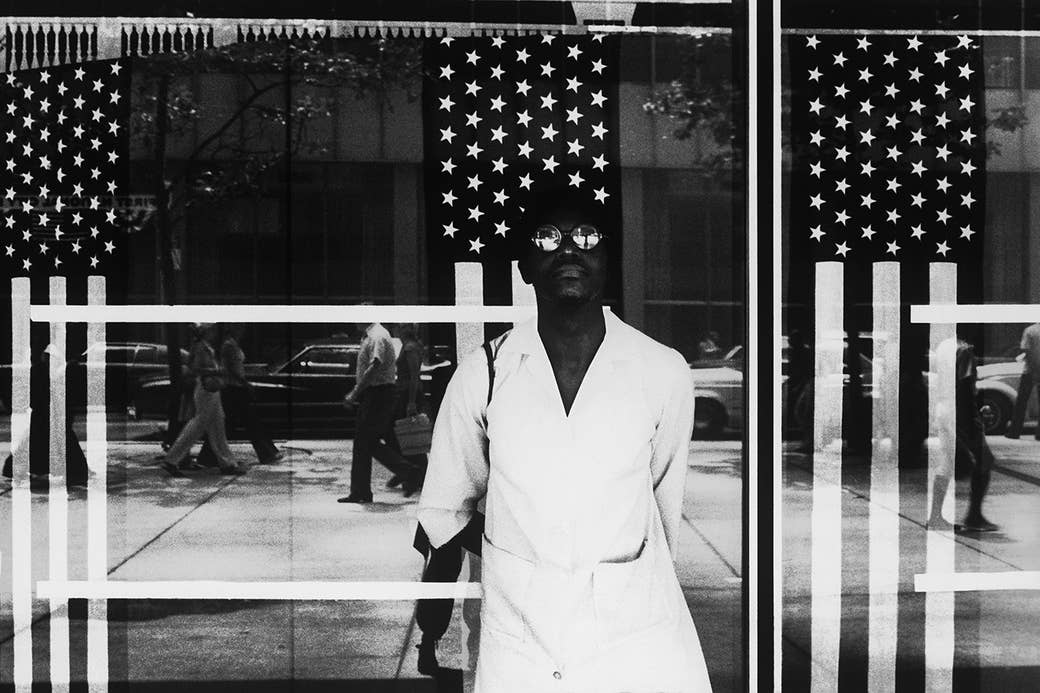
Ming Smith is an artist, photographer, and model who has been working since the 1970s. Born in Detroit to artistic parents, she began modeling at a young age and first came to New York on a go-see, where she met members of the acclaimed Kamoinge Workshop. “I heard photographers debating over whether photography was an art form, or whether it was nostalgia,” she said. “That was my first introduction to Kamoinge, and my introduction to photography as an art form.”
Smith’s work, which was inducted into the Museum of Modern Art when she was in her 20s, has in recent years gained much wider name recognition. Last year, her monograph was recognized as one of the best photo books of the year, and her work is currently being shown at Nicola Vassell Gallery in Chelsea, one of the rare art galleries in New York owned by a Black woman. “[Nicola and I] had a love affair with one another immediately, our energies clicked,” Smith said. “This was a vision that she had before, and I was just waiting for her to do it. I wanted to give her the utmost support besides loving her.”
“Ming is a legend; it's very simple,” Nicola Vassell said. “She is a symbol of everything that has been shrouded over the years that needs to be revealed. In a way she is a sage, and all of her perspectives are important for this moment.”
Smith is one of two gallery artists at Nicola Vassell and is working on her upcoming book, August Moon.
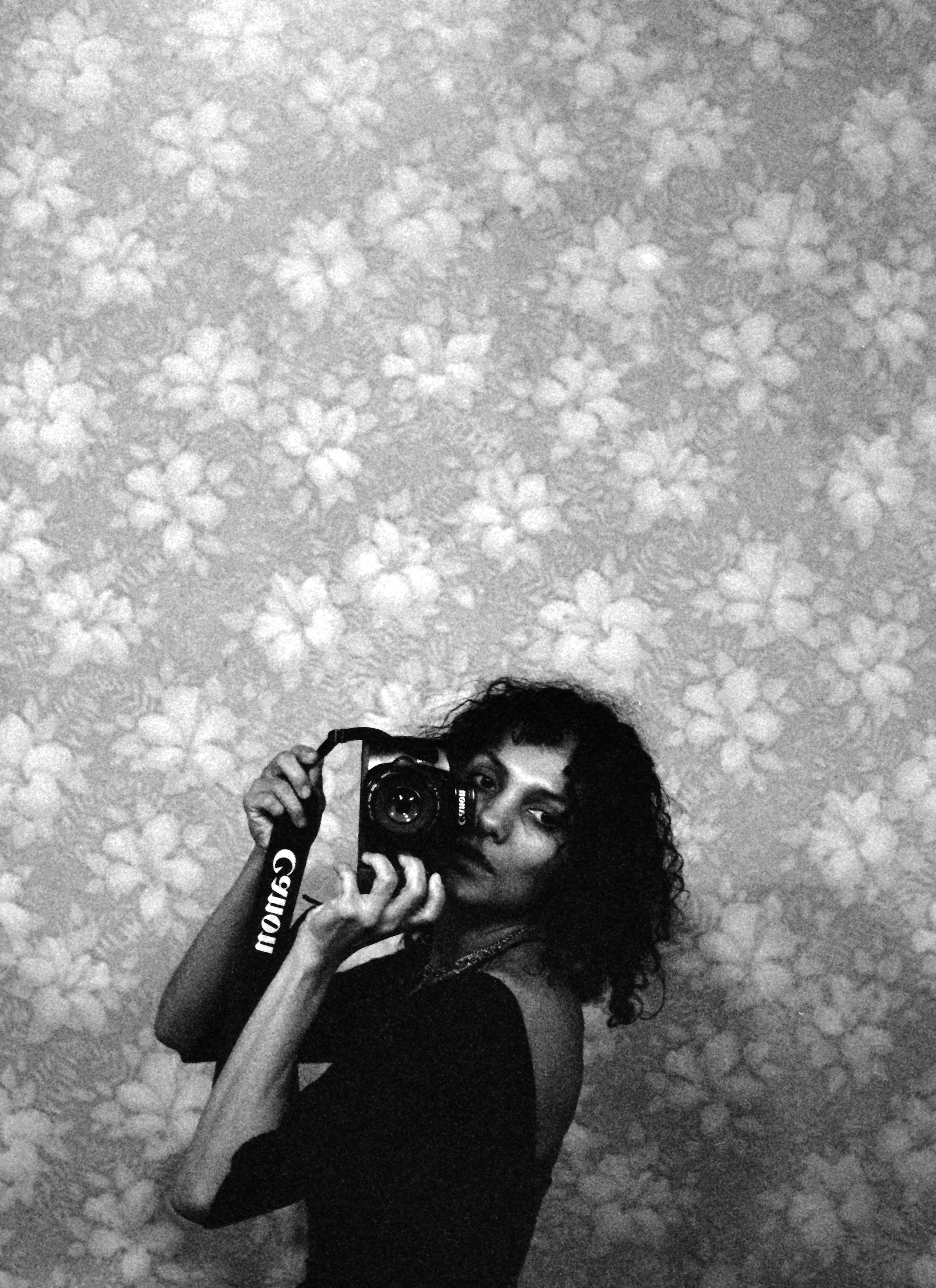
How did you discover photography?
My father worked as a pharmacist during the day and lived as an artist at night up until when I was 11 years old. He pretty much stopped photography when he started working double shifts seven days a week. Photography surrounded me: my father's dark room in the basement; uncles and friends talking shop about light meters, exposures, or camera formats; or outings to Joe Modes Camera in downtown Columbus, where I grew up. There were six Black students in my kindergarten class, and I photographed them on my first day of school with a Brownie camera that I borrowed from my mother. I took photos on school outings and special occasions. Remember, there were no cellphones — the only other times I experienced being or seeing anyone take photos was for class photos by the local commercial photo studios.
In the early 1970s, I moved to New York City. The Museum of Modern Art had an open call, so I dropped my portfolio off. John Szarkowski, the iconic photography curator, recognized my talent and wanted to purchase two [pieces] for their permanent collection. I was in my 20s, I wore jeans, a dark brown bomber jacket, and lived and looked like the West Village. I was coming out of the Black Power movement, the mother of the Black Arts movement, so the energy and commitment was strong. When I gave my name to pick up my portfolio, the receptionist who initially had mistaken me for a messenger smiled and with utmost RESPECT (Aretha Franklin) asked me to have a seat.
Susan Kismaric, a curator in the department of photography at the Museum of Modern Art, came out and escorted me to their office and told me how amazing, talented, and exceptionally unbelievable my work was. There were perhaps seven selections laid out on the table, and they said they could only buy two and asked me which ones would I like them to have in their permanent collection. I chose one Black image — a Black jazz musician — and another which to me represented true beauty and masterly quality work that anyone could relate to, like a poem.
When she quoted a price, I naively felt betrayed, for it was barely enough to pay for my supplies, and this was MoMA. She explained artists try to give them work and their works are refused. I still said no, then [she] asked me if she could keep the two pieces over the weekend and for me to think about it. I told my then-husband and he said go get that money.

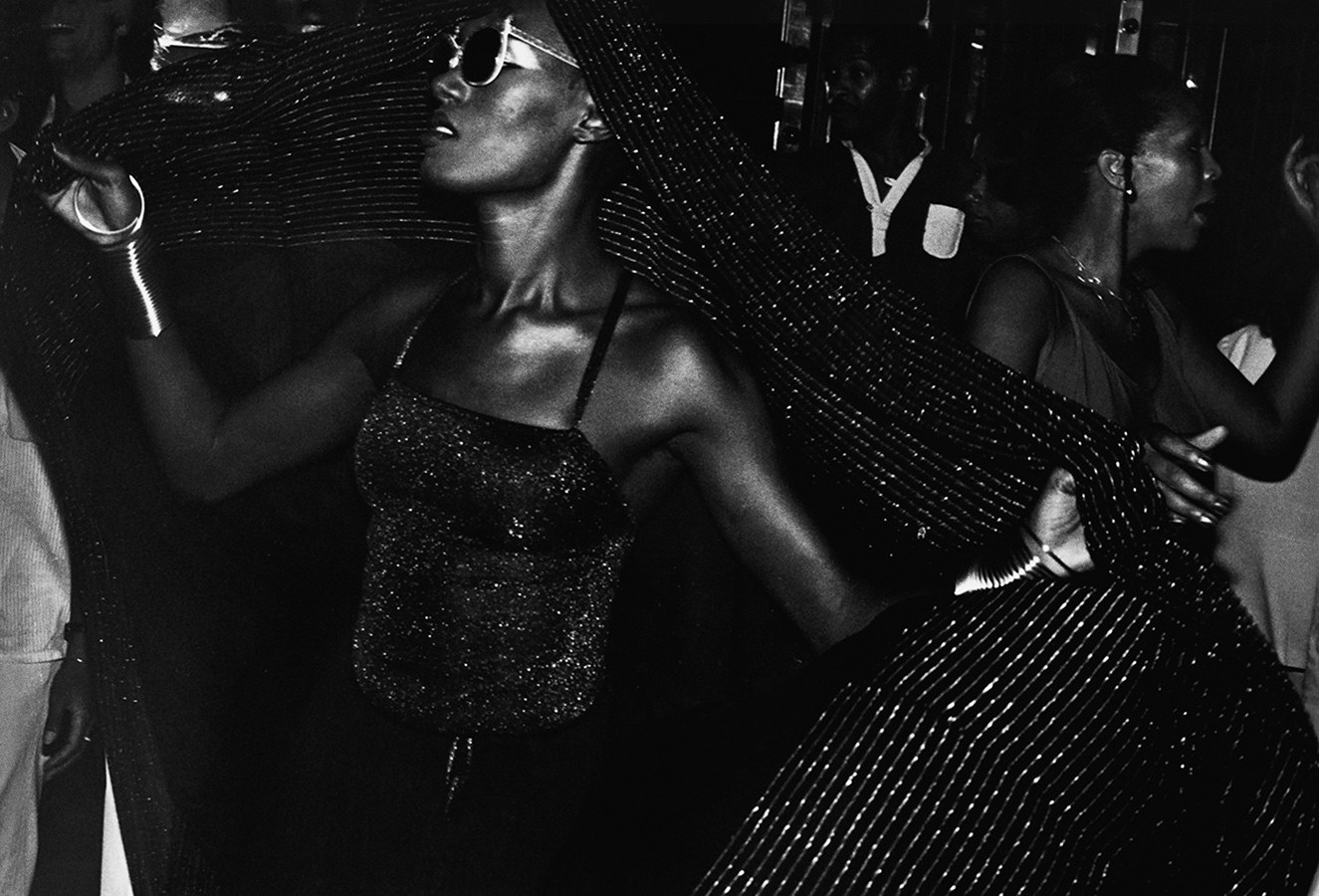
Did your career change at all after that point, being in the collection at the MoMA?
Not really. I never really told anyone. Who was there to tell? Maybe a few friends or family who soon became not friends. But there was one major change for me — validation. Being accepted by a renowned curator and the MoMa staff and having been acknowledged for my talent. That validation as an artist gave me conviction, fortitude, and meaning to continue my path. I was aware of the struggle, but now, with that validation, it meant a lot.
What was it like being involved with Kamoinge?
Kamoinge came out of the Black Power movement. I was one of the younger photographers, and the only woman. Roy DeCarava started the group, but he wasn't active when I joined. We spent a lot of time looking at images and critiquing, trying to change them, and to have another point of view from what the media was showing us. Now, with cellphone and iPhone photography, it's easier. But then, there weren't that many images of us, and they were mostly negative images. They didn't show the love and humanity of our people, despite the poverty. [I] never saw images of our great culture anywhere, anywhere.
Kamoinge wanted to take control of our image, and that led me to really want to photograph not only our own people but other artists. I have a huge catalog of artists who are great contributors to the culture of America.
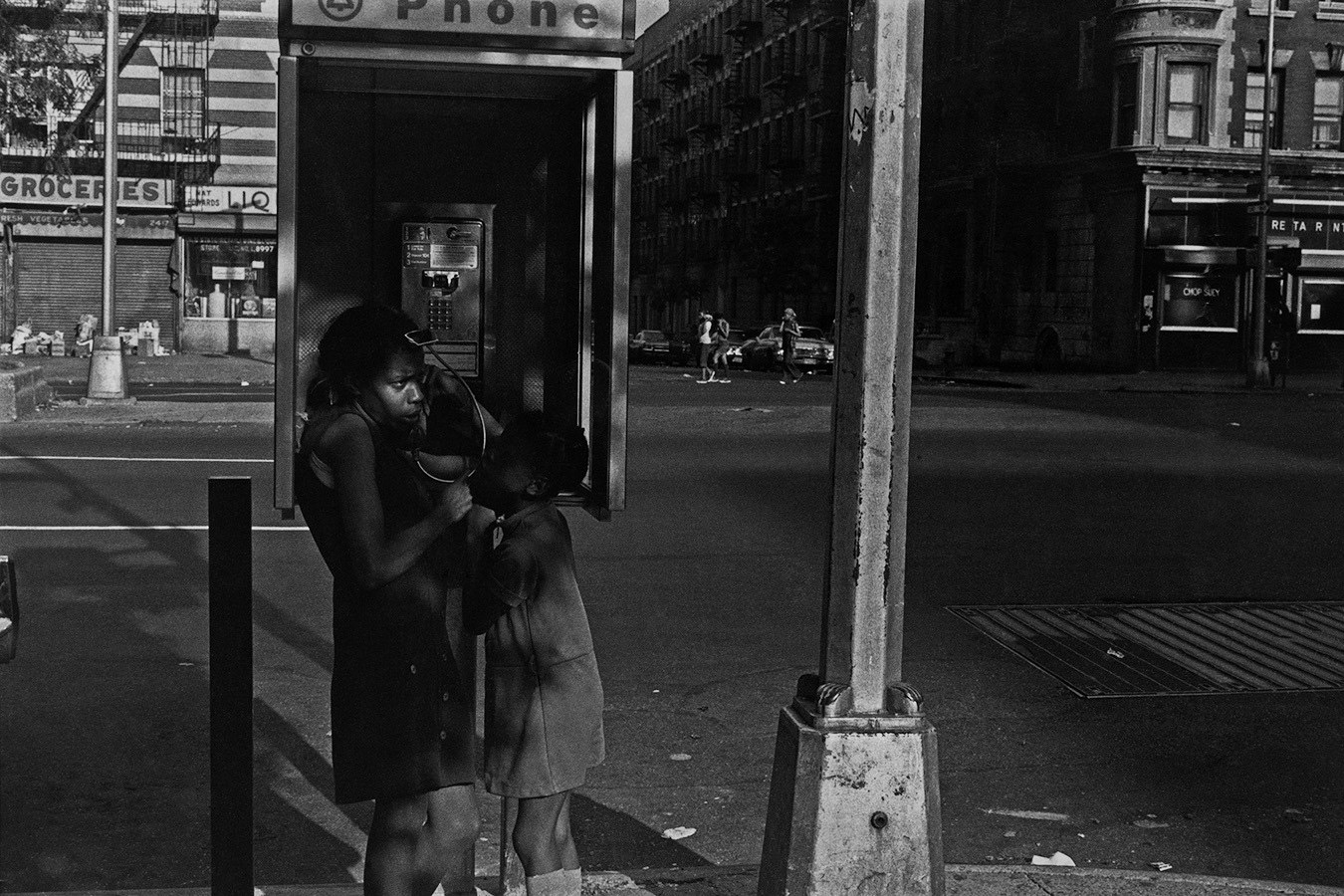
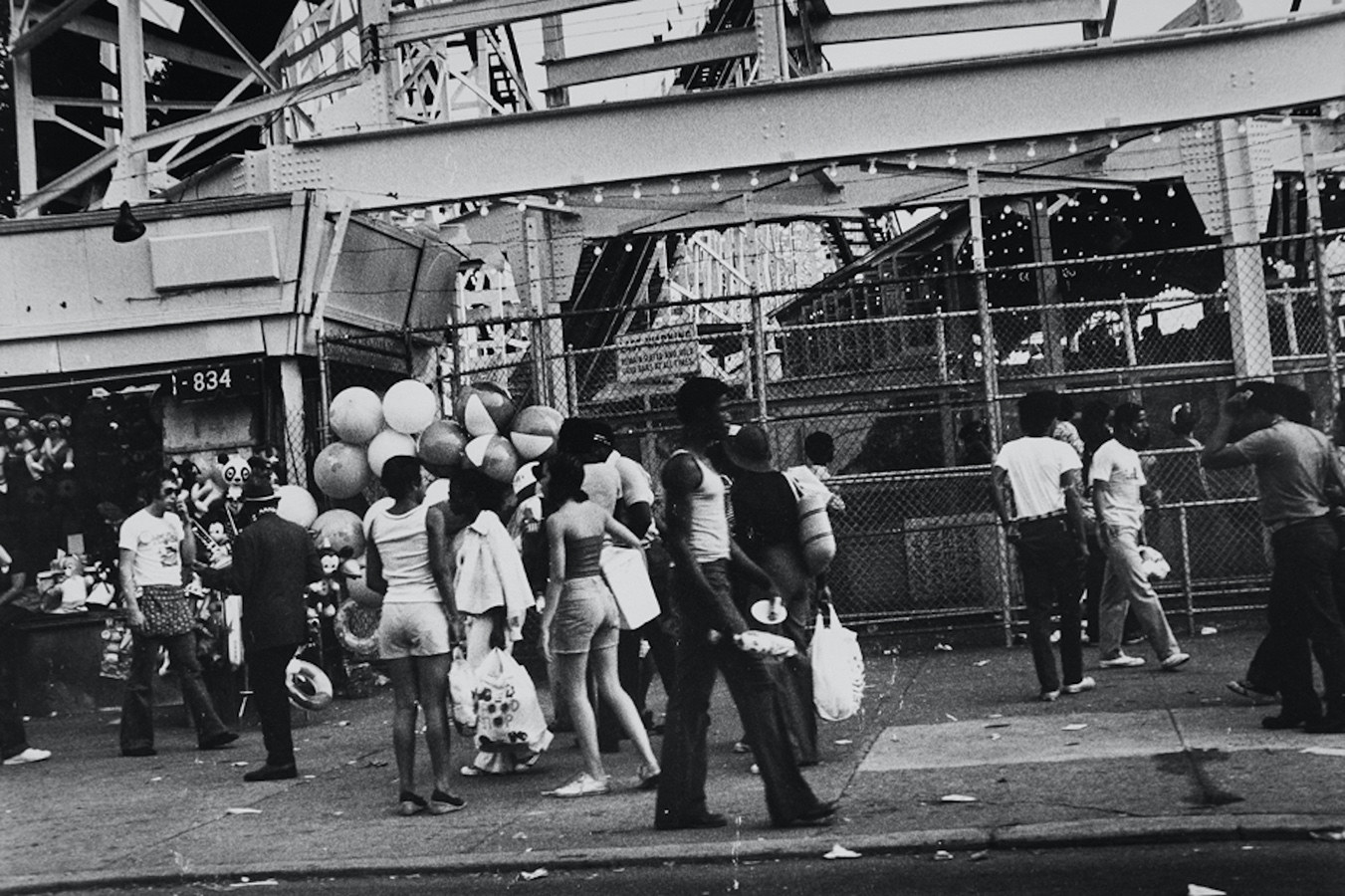
This was the community in New York at the time.
Yes, exactly. I loved and photographed Katherine Dunham, Lavinia Williams, Alvin Ailey, [Romare] Bearden, Elizabeth Catlett, Pharoah Sanders, Betty Carter, [James] Baldwin, Henry LeTang, Gordon Parks, Mert Simpson, the Negro Ensemble, Steve Cannon, on and on and on. I now feel it was a spiritual calling. I wasn't taking these photographs to sell them; they were just part of my life and my culture because these were beautiful people.
What was something that you knew you wanted to accomplish with your photography?
Well, I'm working on a book titled August Moon inspired by the characters [of] August Wilson, a playwright. His characters spoke to my heart and soul and brought memories of my childhood — a certain place in time. My grandparents and parents would tell stories or recite poems like [those by] Paul Laurence Dunbar; it’s my most cherished memory. In New York, I discovered the book Sweet Flypaper of Life, a collaboration between Roy DeCarava and Langston Hughes. I wanted to do a similar collaboration.
I took a Greyhound bus to the Hill District of Pittsburgh, which is where Wilson was from. I met his sister — this was in the ’90s — and I asked her where his dreaming place was. I went all around with her. I took pictures, and different references, and he talks about Aunt Esther, who was a spiritual medicine doctor. I photographed characters who I thought might be these characters in his plays.

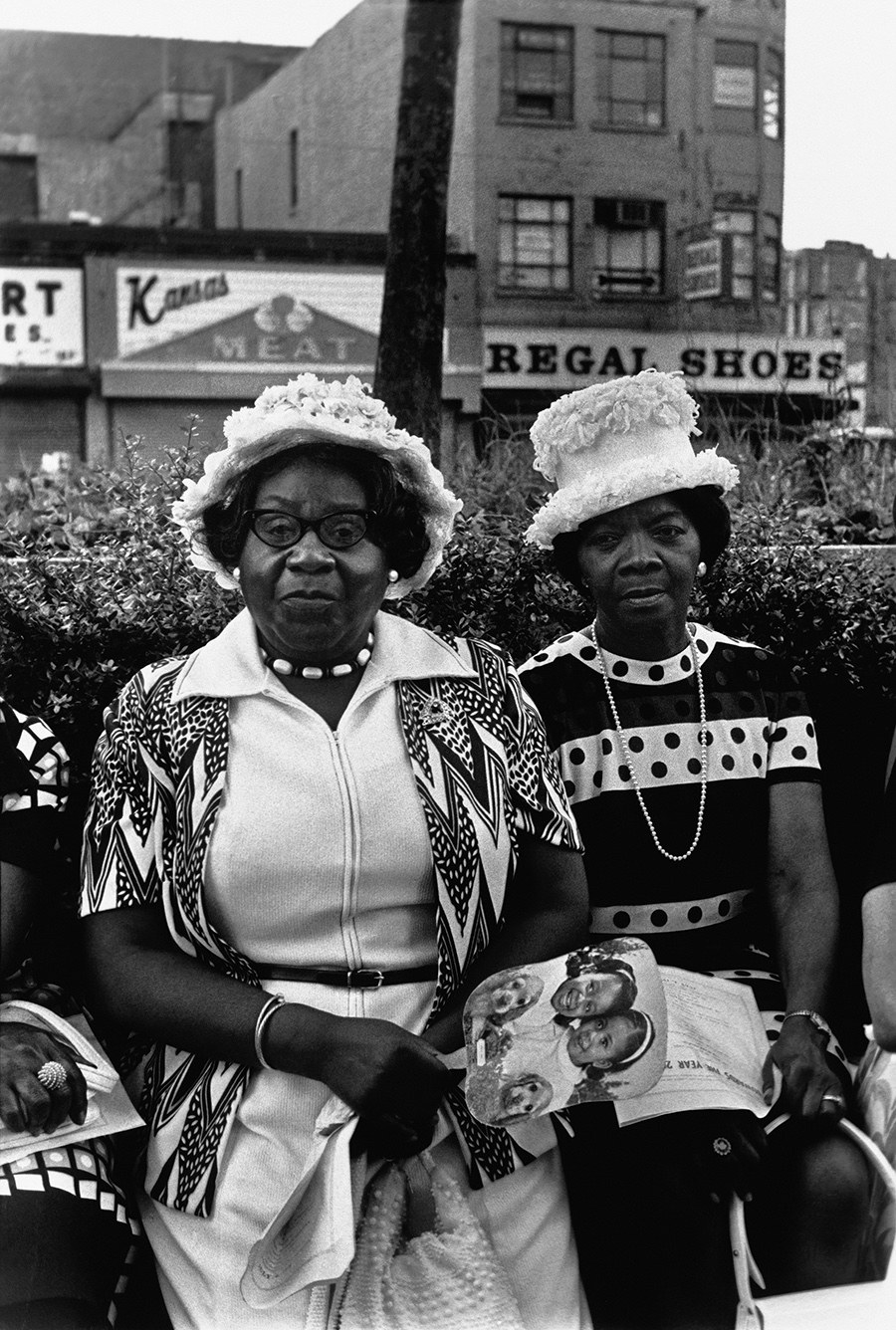
The whole time you were photographing, how were you supporting yourself?
Once in a while, I'd have small gigs. I worked for Encore magazine, Ida Lewis — she was trying to start a Black Newsweek. But I mainly [made money] through my modeling. I would get a gig, and then I could live off that one gig for six months, or sometimes a year. I did a hair commercial and it ran on Soul Train — that paid my rent for a long, long time. And I had all of that other time to do my photography work. Almost all of my money, and I mean all of my money, went to basics, and printing paper, supplies, or films.
When has there been a time when you felt like you've made it?
Sometimes I look at my bank account or I receive a check. But the truth of it is, both my mother and father have passed since I've had some success, and it really saddens me. Now I think, Was I doing this because I wanted to, or did I want to make my mother happy and proud and make them feel like their sacrifice meant something? When she died, she saw me as a struggling artist, and I'm unhappy about that. It was always a childhood dream to be really successful. I understood the struggle and the sacrifice they gave, so the success now is bittersweet. It was just a little bit sad that it was too late. I'm grateful that I have a son who understands and supports and is there for me. If it wasn't for him, I don't know if I would have this much success.
Wow. What do you think of the next generation, the young Black artists whose work is being recognized now?
I always say stay in the art; keep doing the work, following the vision. Staying in the art will be a way of surviving life's many ups and downs — a lifesaver. You can dream; there are courses and universities and institutions that can help you achieve your desires and dreams. There’s a support system there; we didn’t really have a support system at such a young age; it's a new day. I recently saw a documentary on Gordon Parks called Choice of Weapons. I am proud and happy for the young and new generation of Black artists; they are serious and committed to change for the betterment of humanity.
